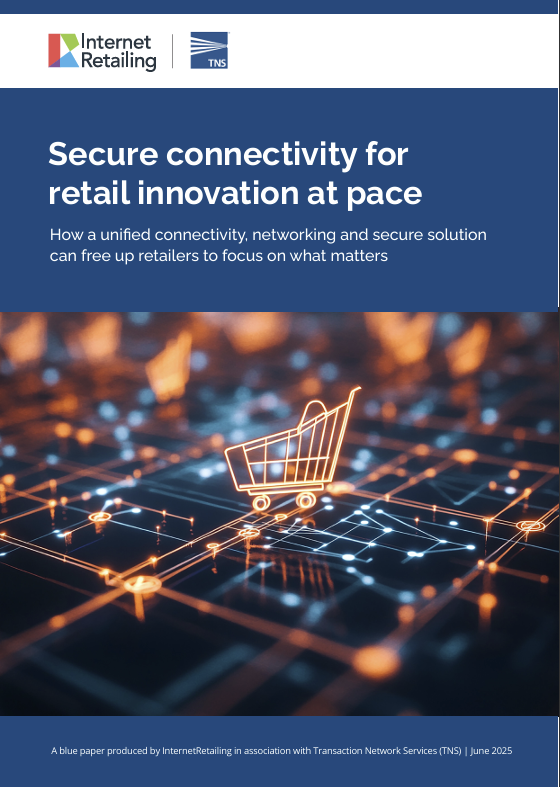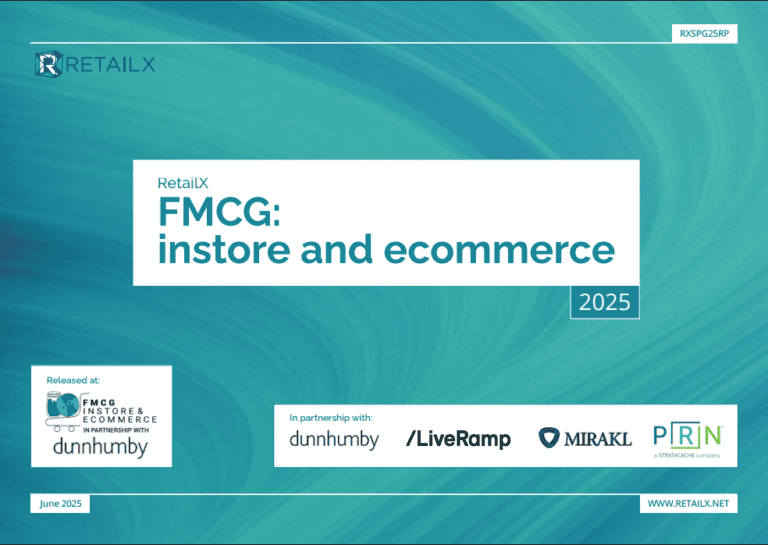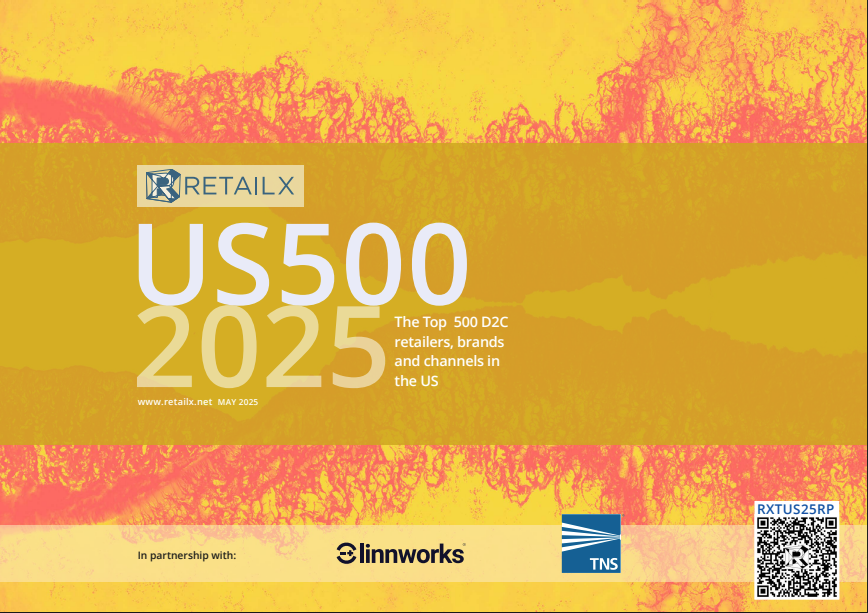The complex question of how to choose the right ecommerce platform was tackled in a recent Internet Retailing webinar, hosted by David Bowen, product manager at Episerver. He took listeners through the process step-by-step, considering both what needs a platform must meet and how the latest ecommerce technologies can both help a retailer meet those needs and keep ahead of the competition through innovation.
Why invest in a new ecommerce platform? asked David Bowen in opening. Citing Forrester research that showed annual growth in the market of 10% or more in both North America and Western Europe, he answered the question by showing that in a growing market, shoppers are ordering both more frequently and through new mobile devices. In a mature market retailers must also differentiate themselves in order to compete.
Companies are also managing moves into new interanaitonal markets, where they may be using new or different brands from those they have in their key markets. Other factors in driving towards a decision to replatform might include the wish to segment and personalise site experiences, and the need to manage products more efficiently. Localised fulfillment and frictionless shopping are also key aims.
And all the while, retailers are working toward reaching more customers, through new channels, and boosting sales. “We find the retail and travel sectors are the most innovative,” said Bowen. “They have the most demands around print and offline channels and they have lots of physical locations. We’re finding out customers are tying the offline world to the online world by mobile, so increasingly they have check-in or geolocation services near the physical locations, as well as QR codes.”
Today’s customers expect a more personal and sophisticated site experience, and the latest platforms have the tools and controls to enable that, said Bowen, who pointed to the rise of strategies such as mobile-first and responsive design. It’s also necessary to stay flexible and agile for the future. Usability is also important for the business, as are analysis, testing and optimising. Anyone who has implemented a new platform will know, however, that it brings change and complexity, and there are implications for the business across areas including logistics, customer service and marketing.
Managing the selection process
Selection processes are changing, said Bowen. Rather than promoting a tick-box response, RFIs (requests for information) can be used to gather information on business requirements, building out from the business plan and budget, and including scenario-based demonstrations. How technology is delivered will be an important consideration. Some businesses may prefer the monthly payments of SAAS (software-as-a-service) while others may want to buy an on-premises solution to run themselves. In this case in particularly, how much internal support is needed will also be key.
Bowen talked through the process of organising a selection team, putting together the business case and budget, and developing well-defined business scenarios that are based around processes that already exist within the business. It’s important, he said, to get to know the short-listed vendor company before making a final choice, while a trial of the solution may be very useful.
A key task for the selection team is to understand how a vendor operates, whether it is selling its own system or working in partnership with another.
Identifying functions
Bowen said the core functions of a platform included managing merchandising, inventory, search, pricing and promotions, checkout and payment, customer service, order management, fulfillment, analytics and reporting. Additional features can include effective campaign management and automation, asset management, multilingual capabilities, personalisation, social media integration, mobile commerce and behavioural merchandising.
Customer case study: Electrolux
Electrolux’ global platform runs on Episerver. It uses different brands in different parts of the Americas, all operating on the same platform. Different local sites offer different looks and product presentation.
To hear the webinar for yourself and view the accompanying slides, visit the Episerver webinar page on the Internet Retailing website. To view some of our other webinars visit our webinars page.








